Adoring ancient Vietnamese culture, Nguyen Thi Tu Anh spent over 20 years collecting 100 Nghe animals (a fictional creature with a lion-like head, a long tail and a dog-like body) of diverse sizes and colours which were made from stone, pottery, wood, bronze and earth.
Visiting the house of Tu Anh in District 9, Ho Chi Minh City, one will be amazed at her collection of 100 Nghe animals of different styles and colours which are displayed on bookshelves, cabinets and wooden stairs. Sharing the story related to her collection, Tu Anh said that her work as a tourist guide gives her an opportunity to travel to every corner of the country. When she took tourists to visit royal tombs, temples and pagodas where she saw the Nghe animal, she felt a close attachment to this animal. She believes that collecting the animal is a way to preserve the beauty of the Vietnamese spiritual culture.
In Vietnamese culture, sacred animals are those originating from legends or are created and used as cultural symbols to deliver ideas and belief in their psyche and religion. They embodied the natural forces and had characteristics of mysterious supernatural powers that dominated humanity and the universe. One among them is Nghe, a pure mascot of the Vietnamese people which appeared in some Vietnamese folk verses, as “Each person has one profession/ Peacock is for dancing and Nghe is for guarding”. This mascot is the mixture of some sacred animals with the body of a dog, the august nuance of a lion, the power of a dragon and a slight remembrance of a phoenix and a crane.
Tu Anh acknowledged: “In the spiritual life of the Vietnamese people, the Nghe animal is important like other mascots, such as dragons and phoenixes because it symbolises the intelligence, thereby it is placed at both sacred places and houses. The more I learn about the animal with exquisite sculptural techniques, the more I become passionate about it. Besides the sculpturing techniques, the painting of the Nghe animal is very special and has not faded for hundreds of years”.

Nghe animal is a spiritual animal in Vietnamese culture. Photo: Dang Kim Phuong/VNP
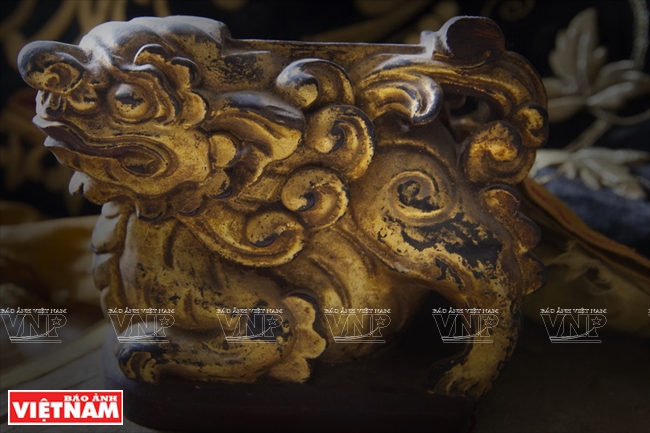
A gold-plated Nghe animal about 200 years old in the collection. Photo: Dang Kim Phuong/VNP
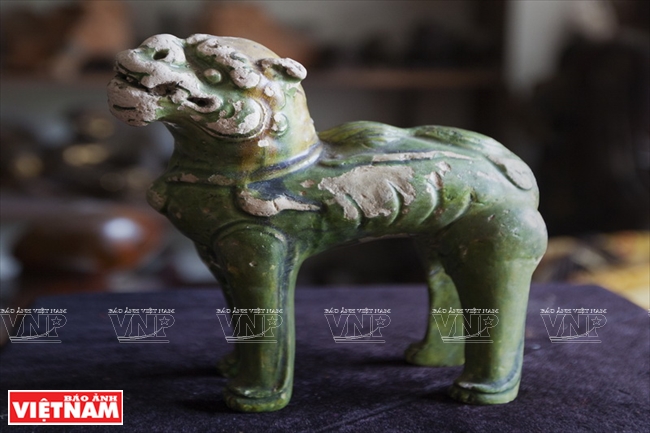
A Nghe animal with a light green colour dates back to the Ly Dynasty (the 11th century).
Photo: Dang Kim Phuong/VNP
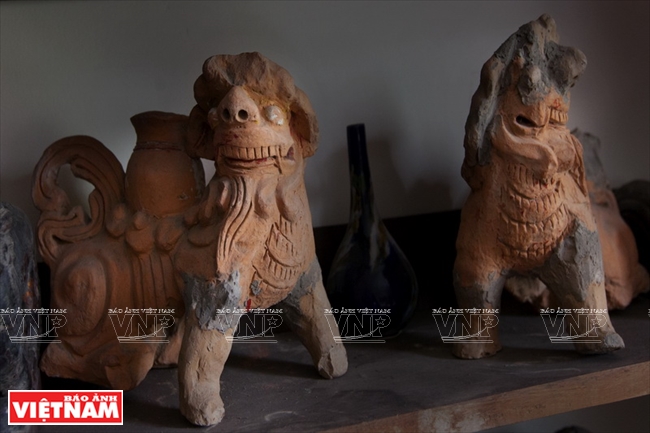
A pair of ceramic Nghe animals from the Tran Dynasty (the 13th century). Photo: Dang Kim Phuong/VNP
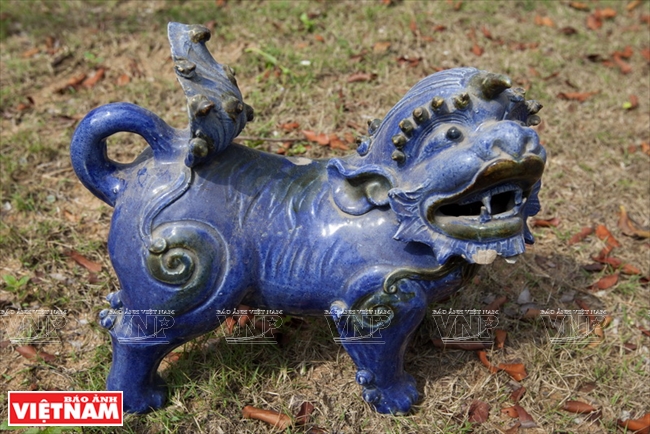
A Nghe animal hundreds of years old with its original colour. Photo: Dang Kim Phuong/VNP
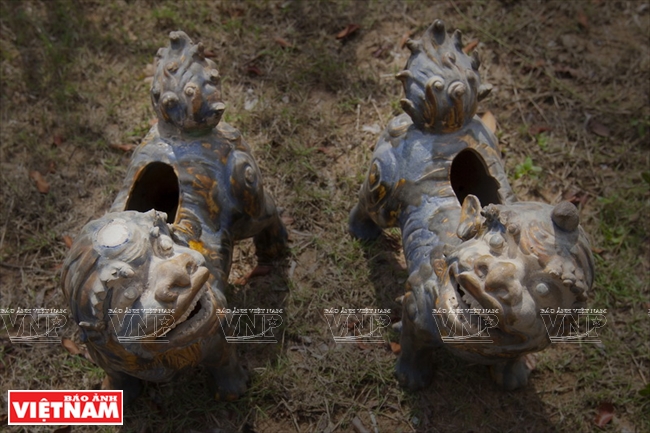
A pair of Nghe animals which were made of Bat Trang pottery with three colours. Photo: Dang Kim Phuong/VNP
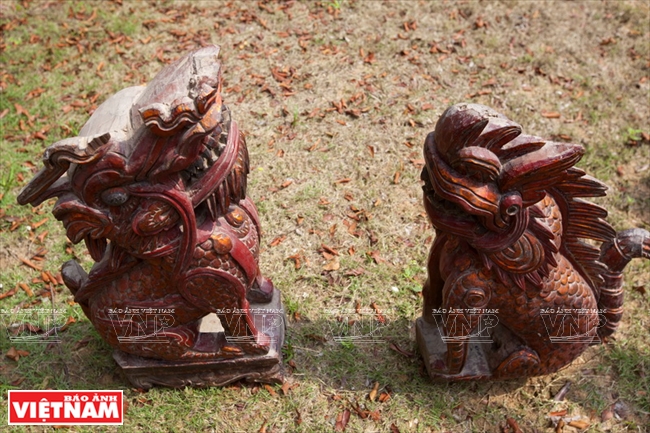
A pair of Nghe animals which are often placed on pillars in communal houses. Photo: Dang Kim Phuong/VNP
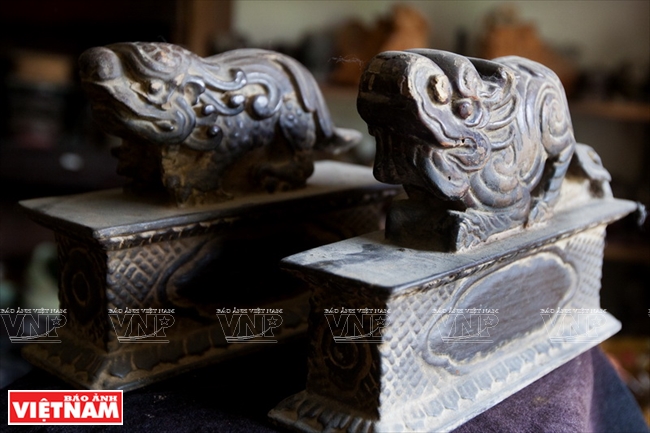
A pair of Nghe animals was used as paperweights. Photo: Dang Kim Phuong/VNP
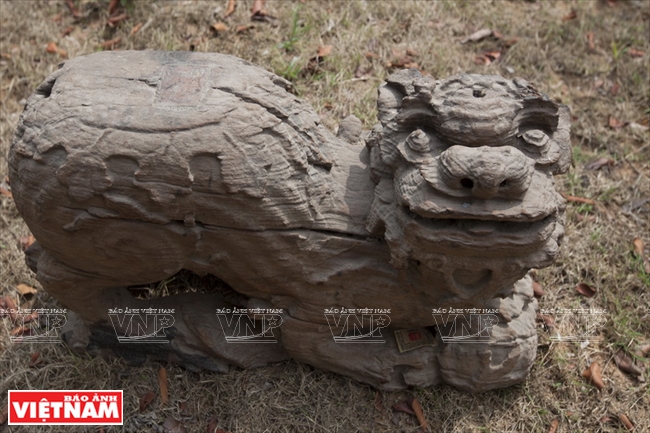
Nghe animal has the nuance of a lion. Photo: Dang Kim Phuong/VNP

Dragon’s scales carved on the body of a stone Nghe animal. Photo: Dang Kim Phuong/VNP
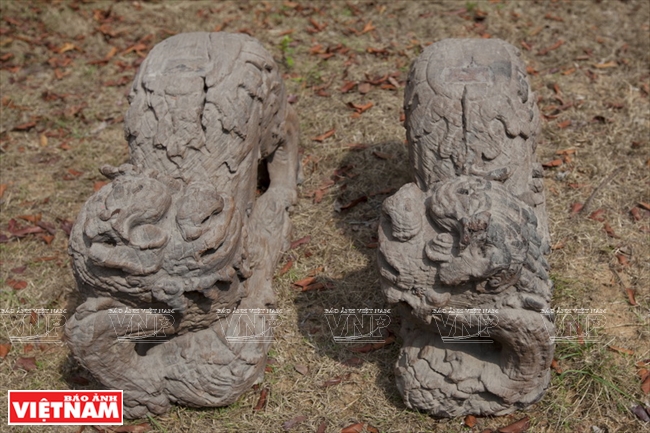
A pair of Nghe animals made of wood. Photo: Dang Kim Phuong/VNP
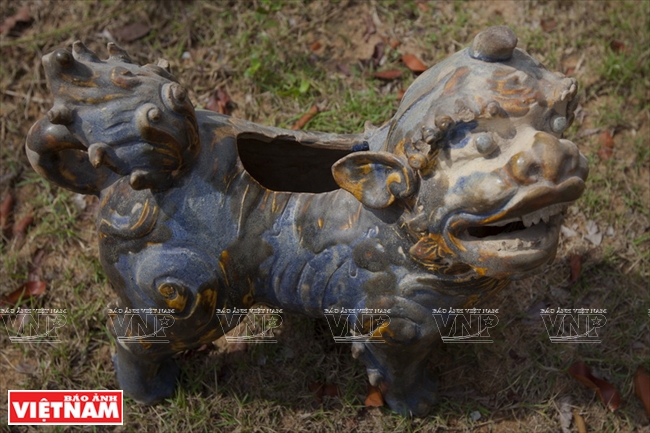
Nghe animal is a Vietnamese symbol. Photo: Dang Kim Phuong/VNP
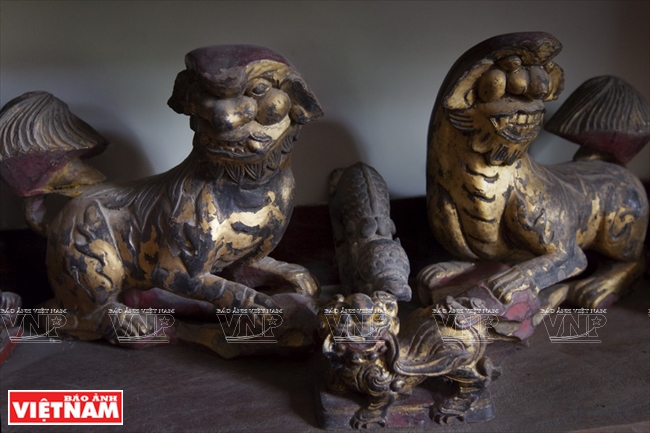
This mascot is the mixture of some sacred animals with the nuance of a lion, the power of a dragon
and a slight remembrance of a phoenix and crane. Photo: Dang Kim Phuong/VNP
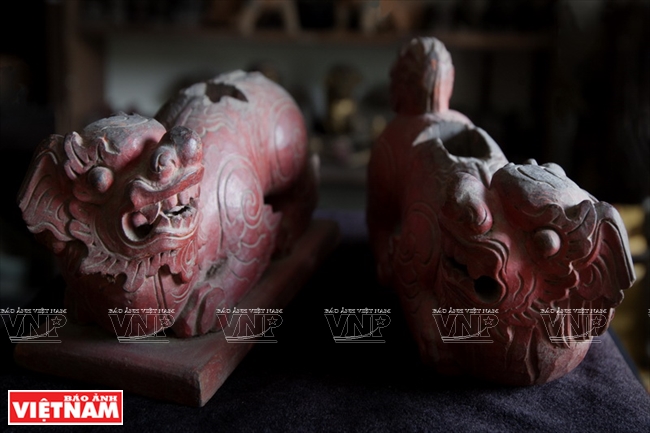
Nghe is a sacred animal in Vietnamese culture which symbolises loyalty and intelligence.
Photo: Dang Kim Phuong/VNP |
The first Nghe statues appeared in the 15th century and became popular from the Ly Dynasty to the end of the Tay Son Dynasty (the 11th to 18th century). During the past eight centuries, the Nghe animal was an indispensable animal in offering rites. It was placed in sacred places such as palaces, temples, pagodas, and tombs, and in houses of both high class and the common people. It even appeared in some churches due to the cultural exchange. Sometimes, the animal with exquisitely carved patterns was used as a paperweight or coat-hanger in pagodas.
Thanks to the great cultural value of Nghe statues, the collection was displayed at the Hue Festival in 2007. “I am very happy when my collection of Nghe statues is showcased in a significant cultural space which draws much attention from both domestic and foreign visitors and collectors. This collection is a chance for many people to learn about the diversity and uniqueness of Vietnamese sacred animals, including Nghe, so they can better understand the Vietnamese culture because each mascot has its own story, characteristics and relationship to culture”.
Story: Nguyen Vu Thanh Dat
Photos: Dang Kim Phuong